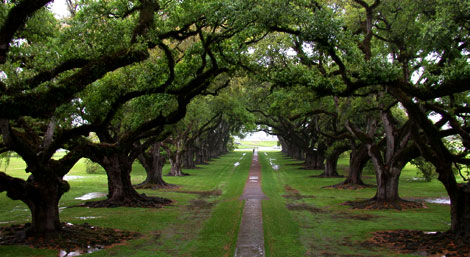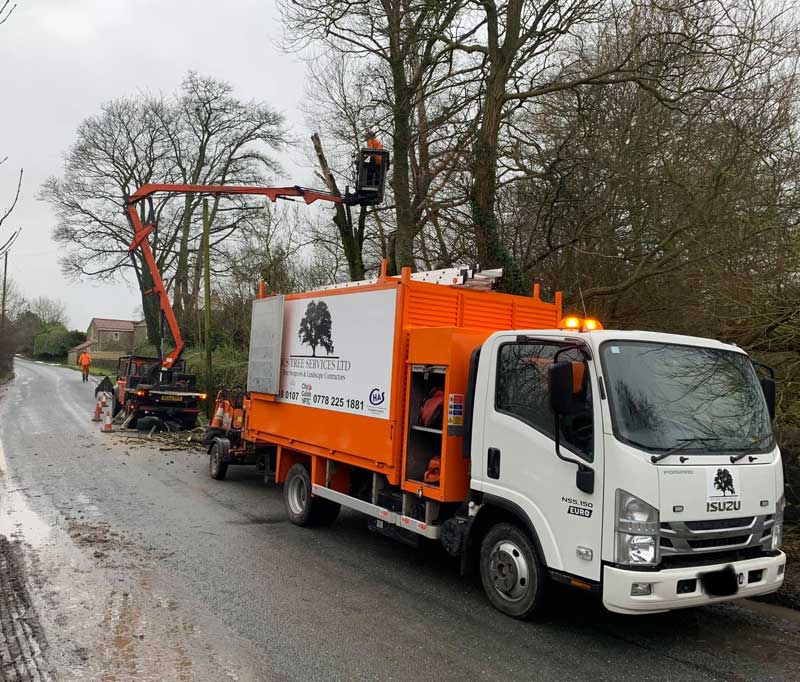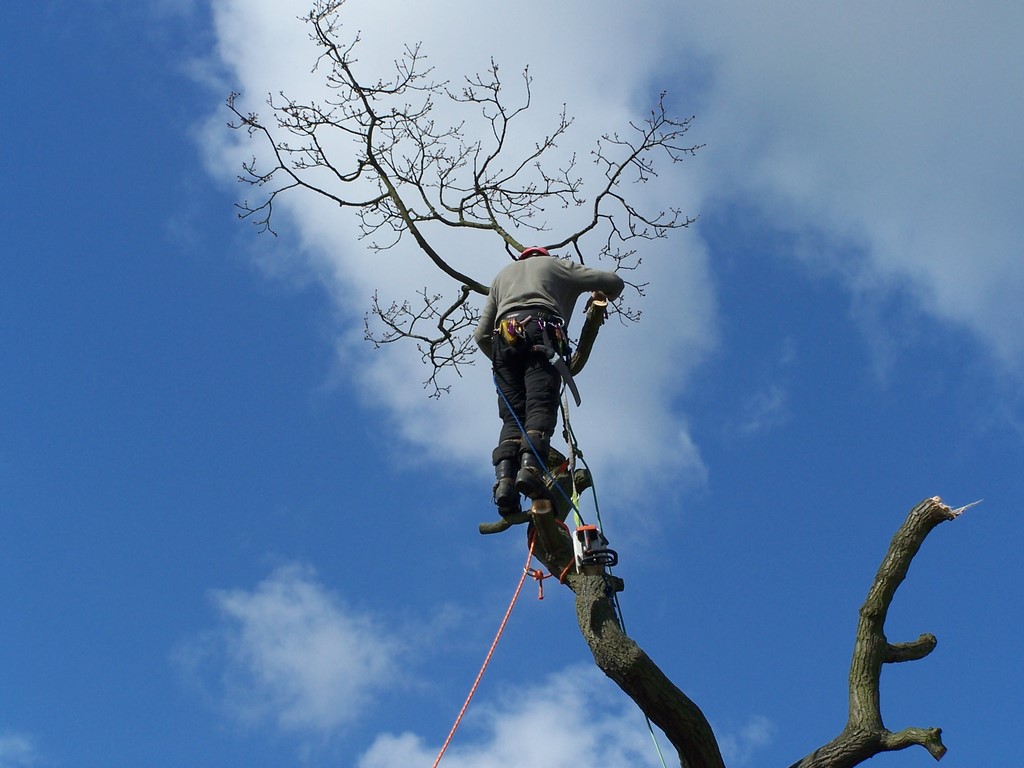ICS Tree Services provide a comprehensive Leeds winter tree maintenance. Professional and fully trained tree…
recycling green waste

Green waste is a common by-product of our everyday work and something that we have grown accustomed to dealing with. Whether we have carried out a large job such as a tree felling, or merely trimmed some hedges, there is bound to be some green waste – and often a lot more than you would expect, even from a relatively simple job. Green waste recycling is therefore something that we know a lot about, and we can offer help with recycling the materials once we’ve completed our work.
What is Green Waste?
Green waste is essentially everything that is left over from pruning, felling and trimming during tree surgery. It is a biodegradable waste that is high in nitrogen (as opposed to brown waste, which ihas high levels of carbon).
Green waste can be separated and falls into three categories:
Woodchip: small pieces of wood from trunks or branches can often be processed in a wood chipper. Once the chipper has reduced them in size, this woodchip goes on to have many uses as recycled matter. The majority of waste that we have left over from a tree surgery project is recycled in this way.
Timber: there may sometimes be larger chunks of wood which have more value than simply being put through the chipper. Timber and other types of wood are often more useful as logs, and so we process this type of recyclable matter a different way to woodchip.
Non-chippable waste: there are other parts of the waste that are not appropriate for the chipper, such as hedge trimmings, leaves and any materials such as grit that have made their way into the waste. This general mass is known as non-chippable waste and is also recycled in a slightly different way.
Why Recycle Green Waste?
As mentioned, green waste is biodegradable, which means it can be broken down into its base compounds by other organisms and living things. It can therefore be incredibly useful for the ecosystem, and so shouldn’t be left to rot in landfills.
Recycling Woodchip
Once green waste has passed through our chipper and been formed into woodchip, there are several ways in which it can be used. Many of our customers request to keep the woodchip, as it can come in handy for lining pathways or borders in the garden. Alternatively, woodchip can be used or sold as ‘mulch’, which is placed on top of soil to improve the fertility of the soil and discourage the growth of weeds. Woodchip needs to be left to compost for several months before it becomes effective mulch, so it needs to be stored somewhere prior to the recycling.
Recycling Timber
Often, if there are logs of timber or similar woods left over in the green waste then our customers will request to keep this themselves. Logs come in extremely handy as firewood, or can even be used more creatively for building work and be turned into planks for beams, decking or furniture. If our customers have no need for the timber, then it is turned in firewood at our yard.
Recycling Non-Chippable Waste
Non-chippable waste is arguably the most difficult of the green waste to recycle, however once it has been recycled it can do excellent work as fuel. Firstly, the waste usually has to be processed, which can be done industrially once enough matter has been gathered together. After it has been shredded or pulped, it if often then sent to be used as biomass fuel at power stations.




